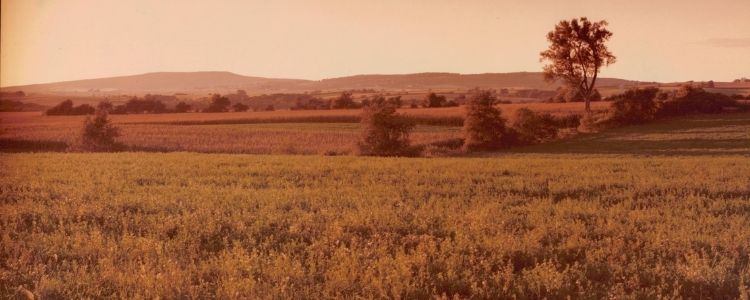Did you know that specific species of birds are drawn toward specific feeders? Woodpeckers like suet feeders while black-capped chickadees enjoy seed feeders. The seeds themselves can draw in different kinds of birds. Please note you should only use suet feeders during colder months. Suet can go bad and melt, getting on birds’ feathers and ruining their waterproof coats. Black-Oil Sunflower seeds are generally the safest bet to entice a wide variety of birds to your feeder. However, safflower, thistle, and canary seeds can also draw in some birds.
Just like the plates humans eat on, birds need a clean eating space. Taking your bird feeder down and washing it with a little bit of dish soap will help prevent the spread of deadly diseases.

